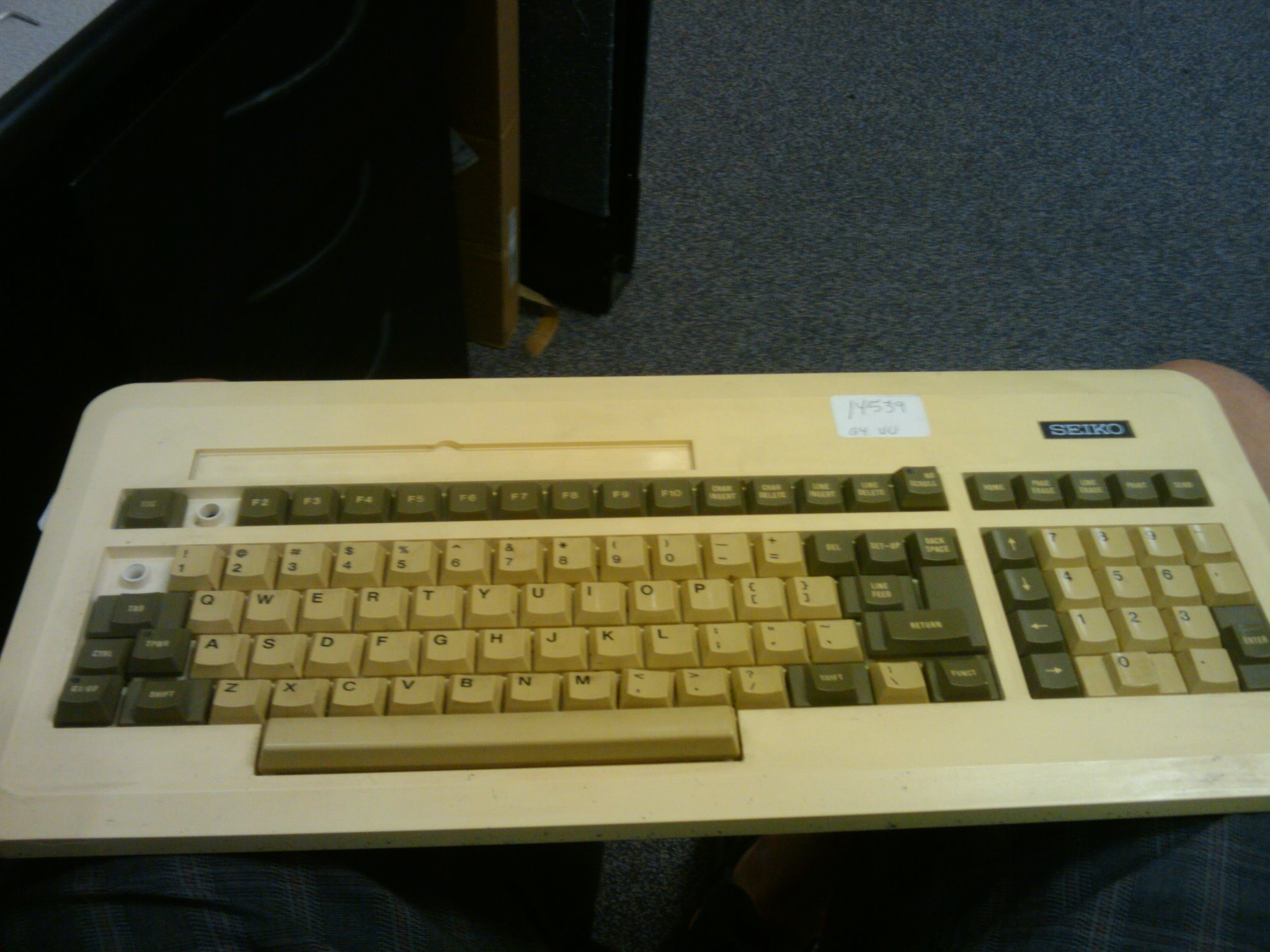So, this keyboard, I thought it was just another dome...turns out I was wrong. It's something very odd. It's a foam'n'foil dome very very similar to Topre, which I currently refer to as Prototopre as they appeared before Topre started making office equipment. My research currently points to Brother as being the most likely manufacturer/designer (there's a single Brother patent that references this dome design) but nothing concrete.
The strangest part about this keyboard though is that it's labeled as "Made in USA". All other Prototopre keyboards were made in Japan. The pcb looks extremely similar to the Japanese ones, so perhaps it was just mislabeled (or just a tax dodge
These keyboards are similar to Topre in feel, but a bit less harsh. Unfortunately, many are in bad shape (this one is in amazing shape) with the foil pads falling off. (Fun fact, when I brought a Prototopre to the 2013 Toronto meetup, Ed Matias said he preferred them to Topre).
The keycaps on this keyboard are dye subliminated. I've broken sliders/keycaps on Prototopres before so I'm very hesitant to take them off.
 DSC02895
DSC02895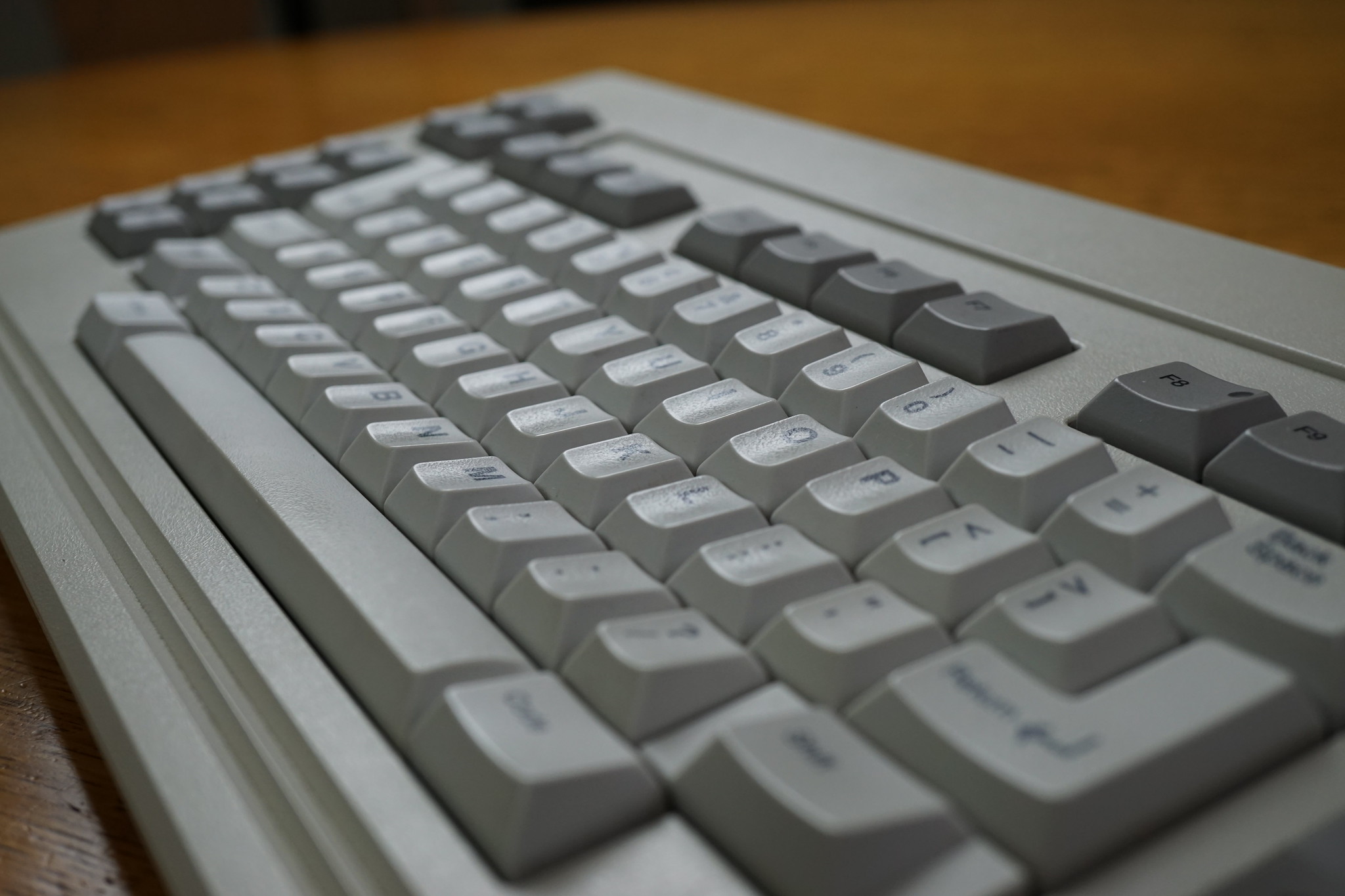 DSC02898
DSC02898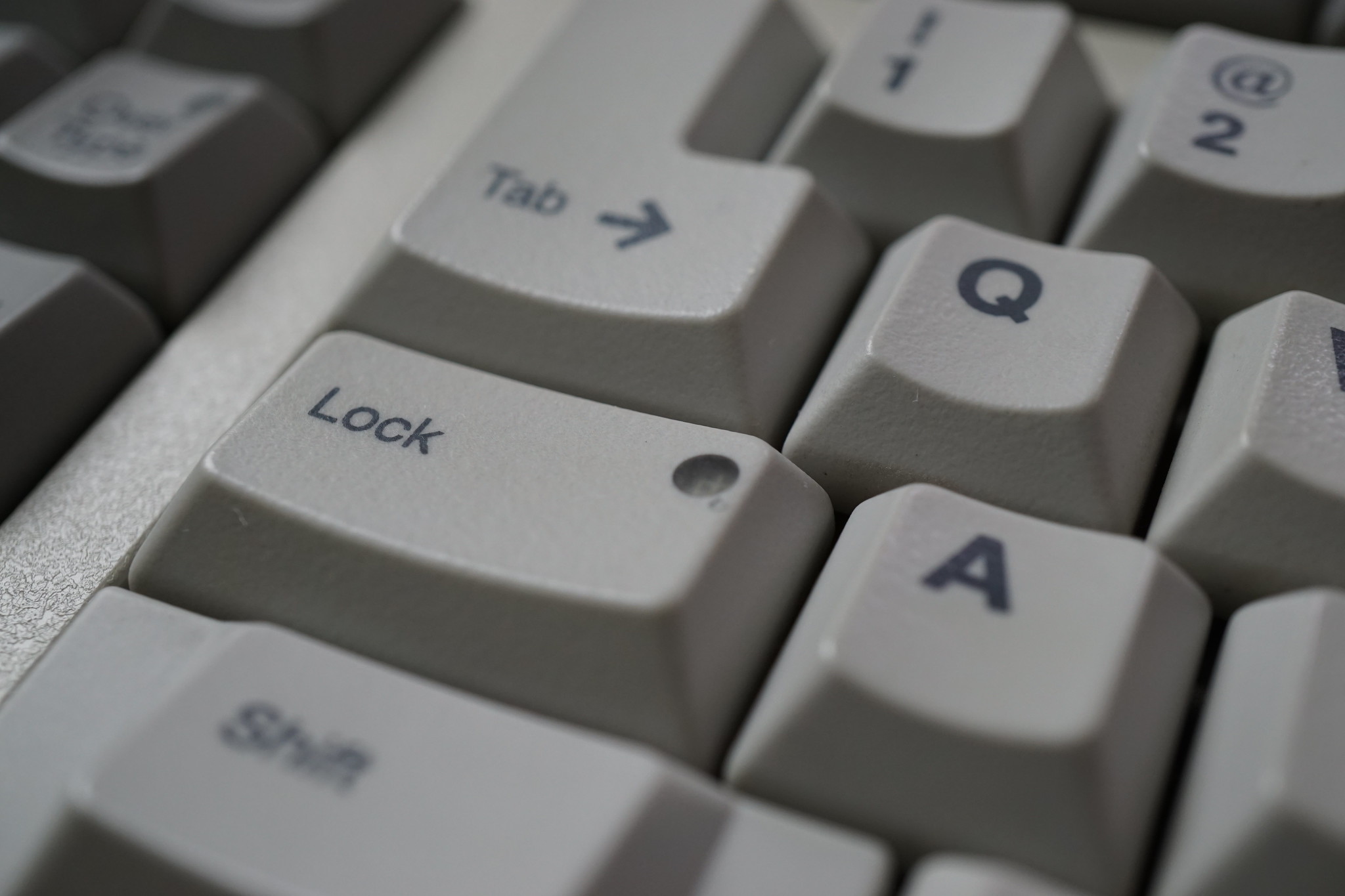 DSC02901
DSC02901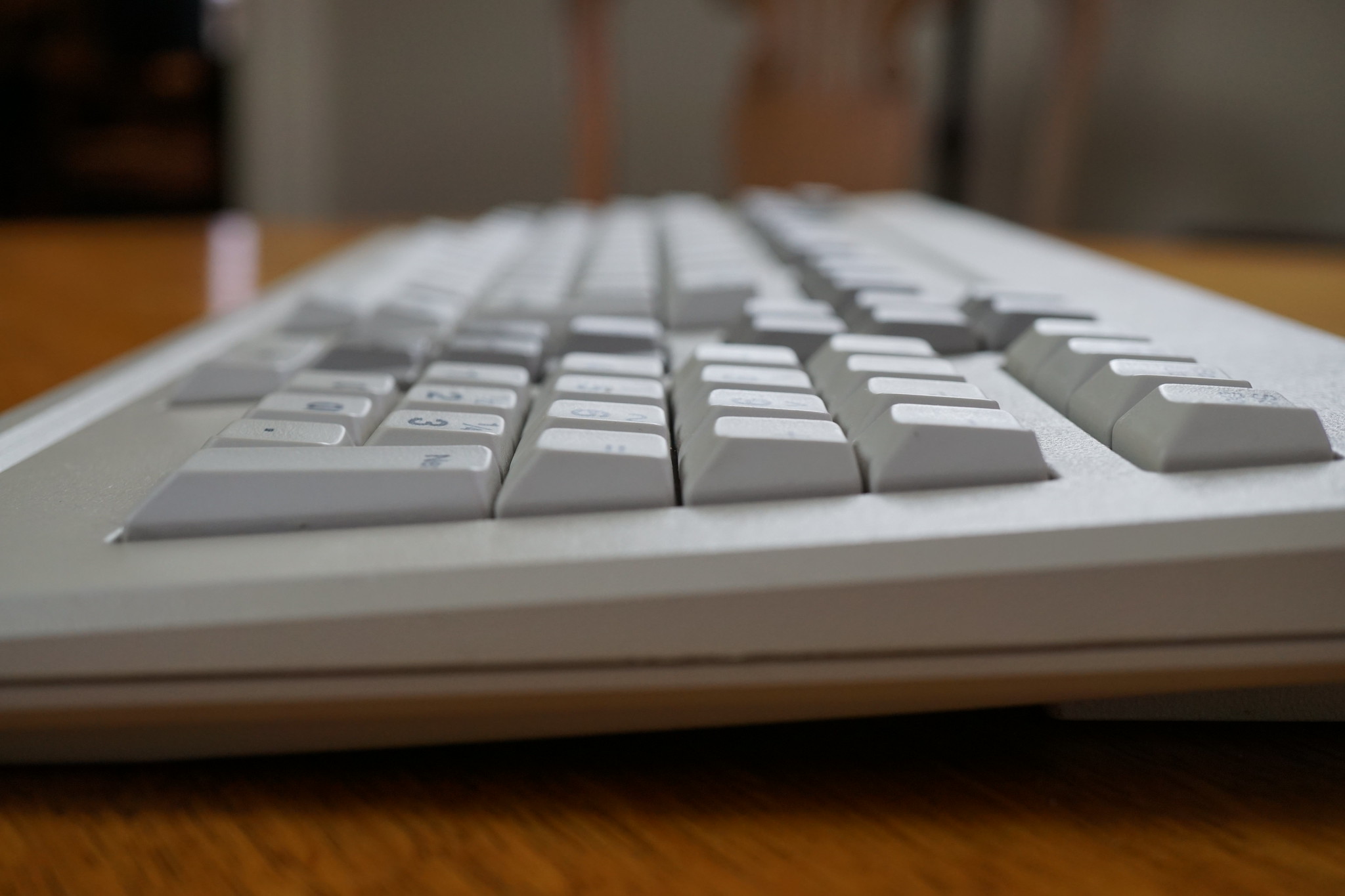 DSC02896
DSC02896 DSC02890
DSC02890 DSC02884
DSC02884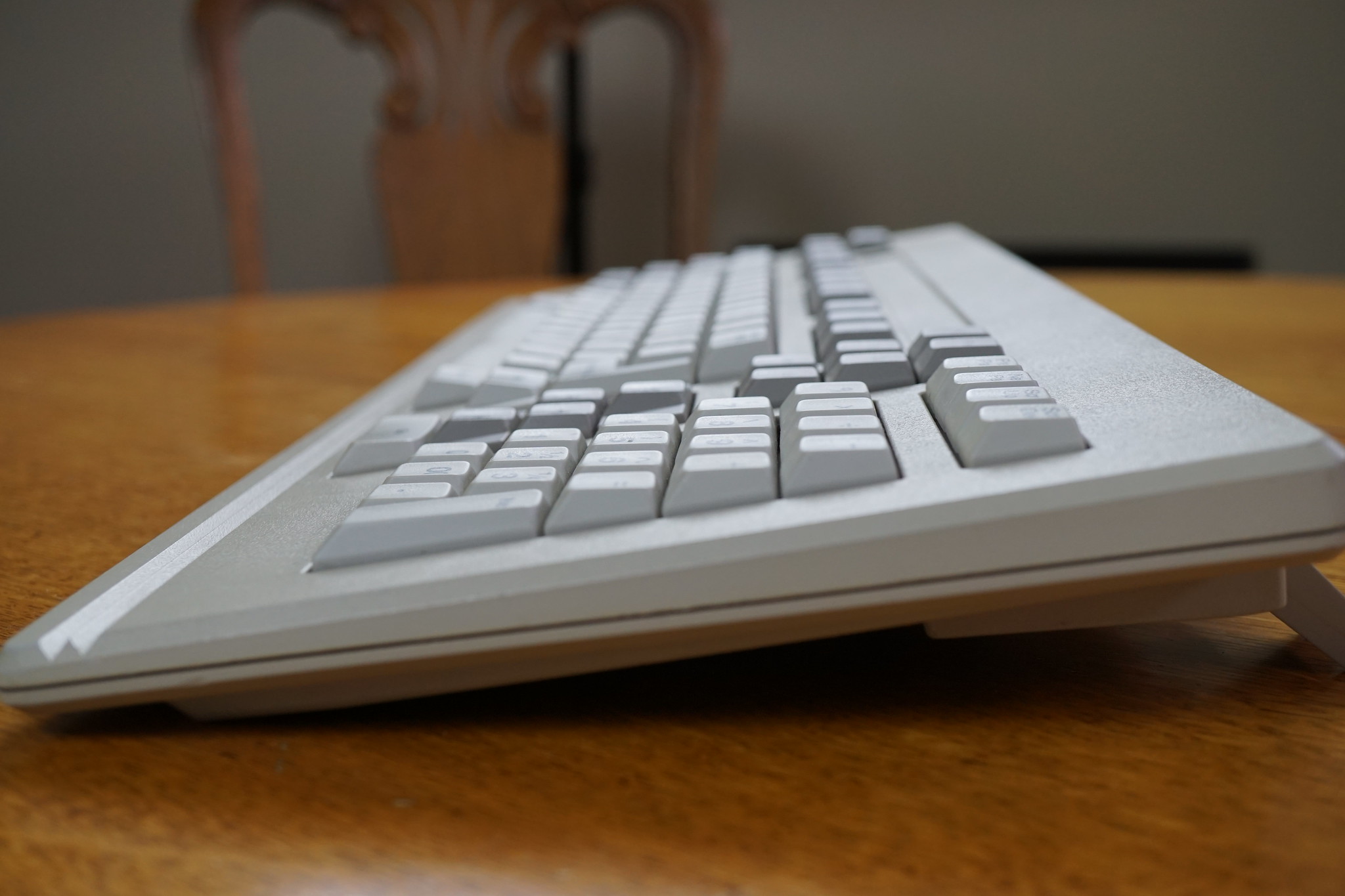 DSC02881
DSC02881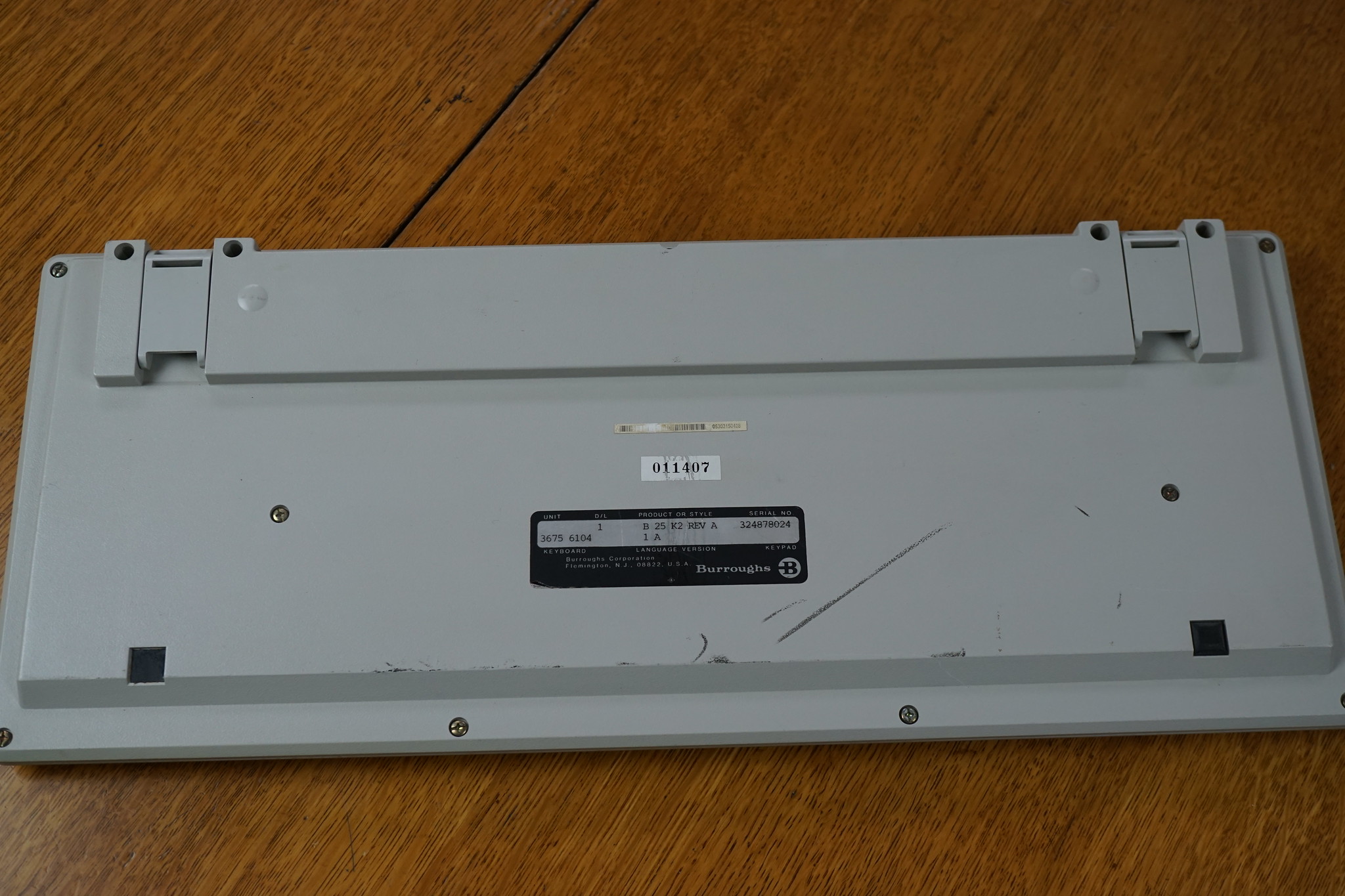 DSC02868
DSC02868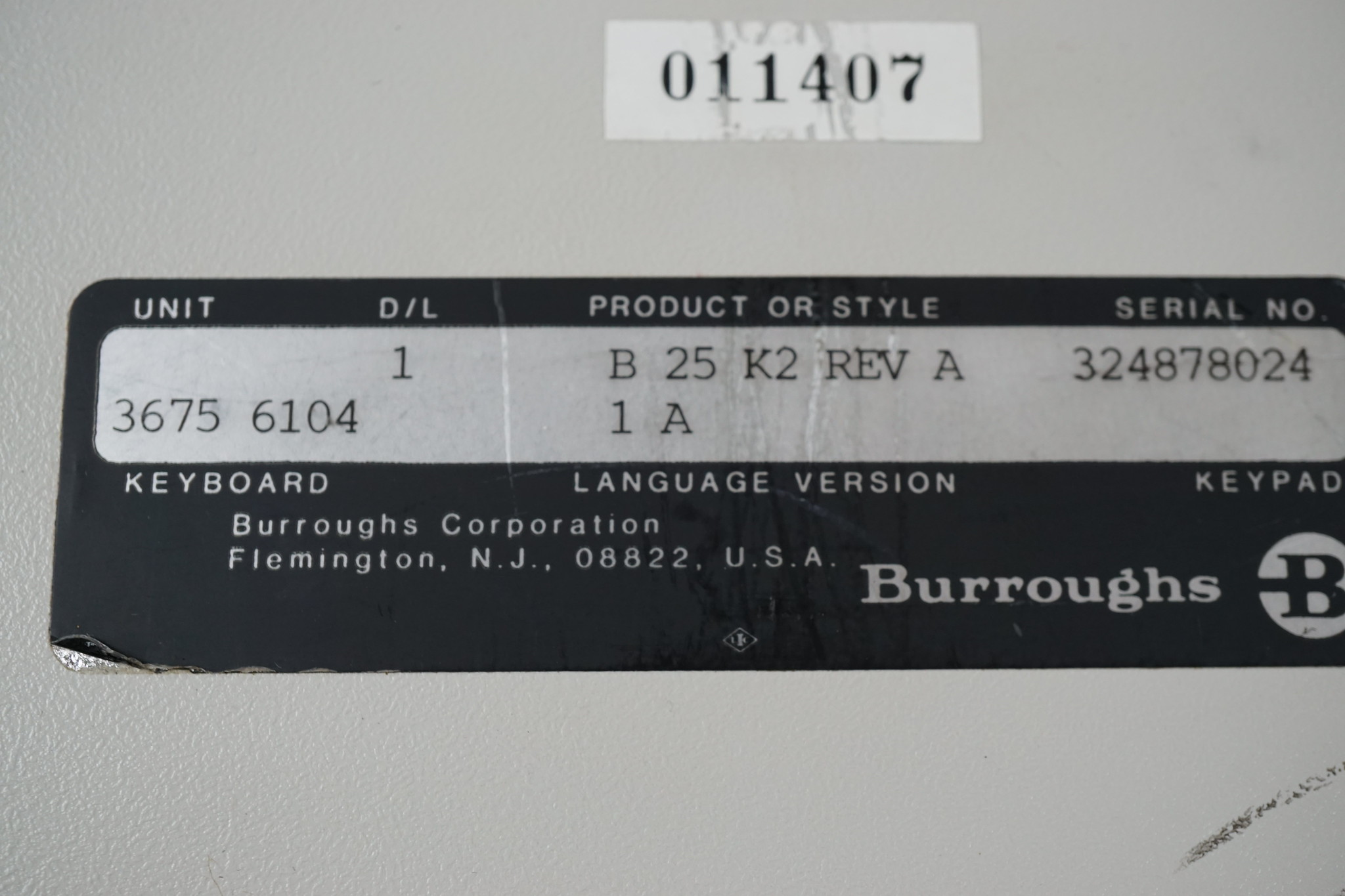 DSC02870
DSC02870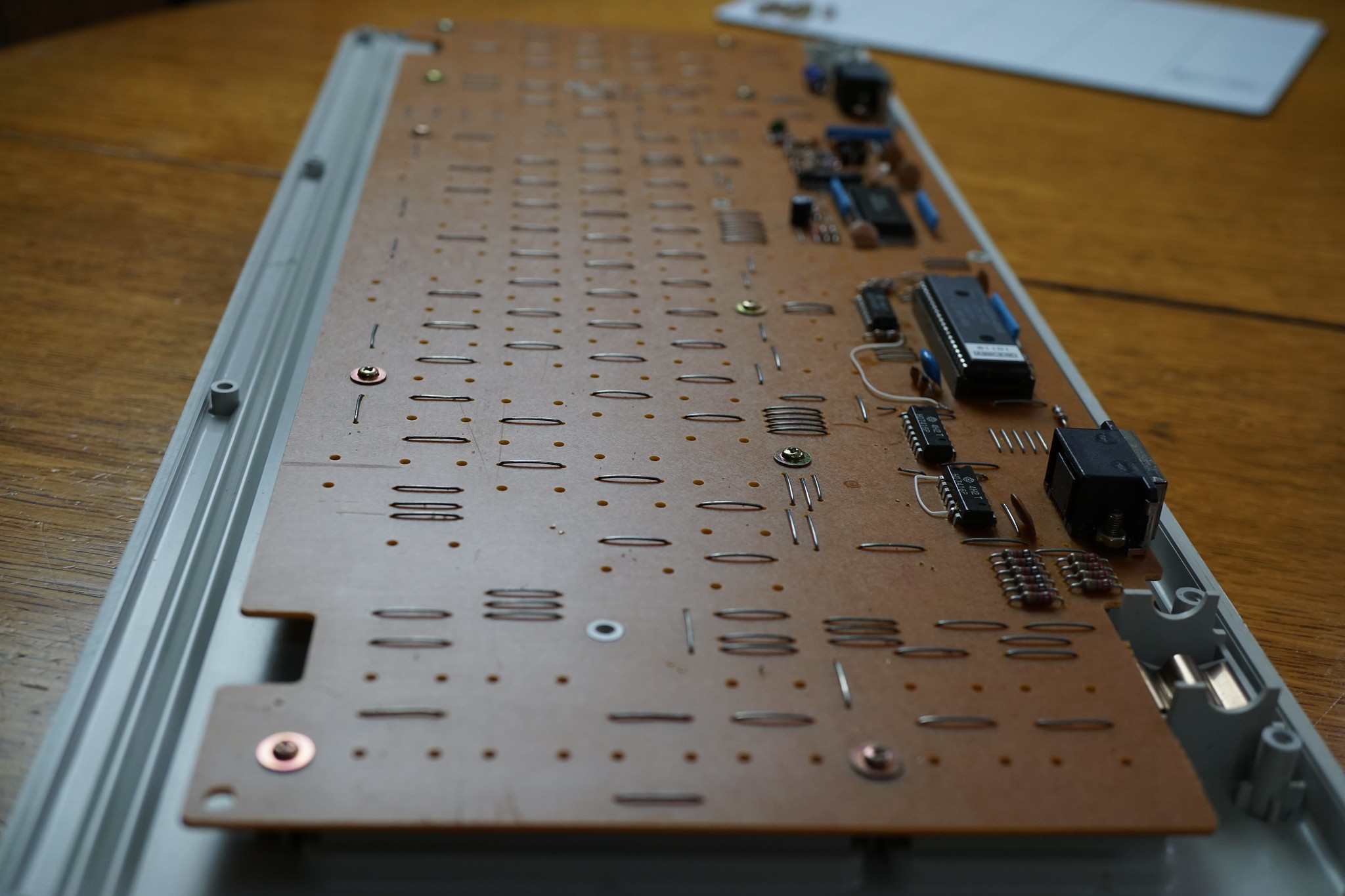 DSC02854
DSC02854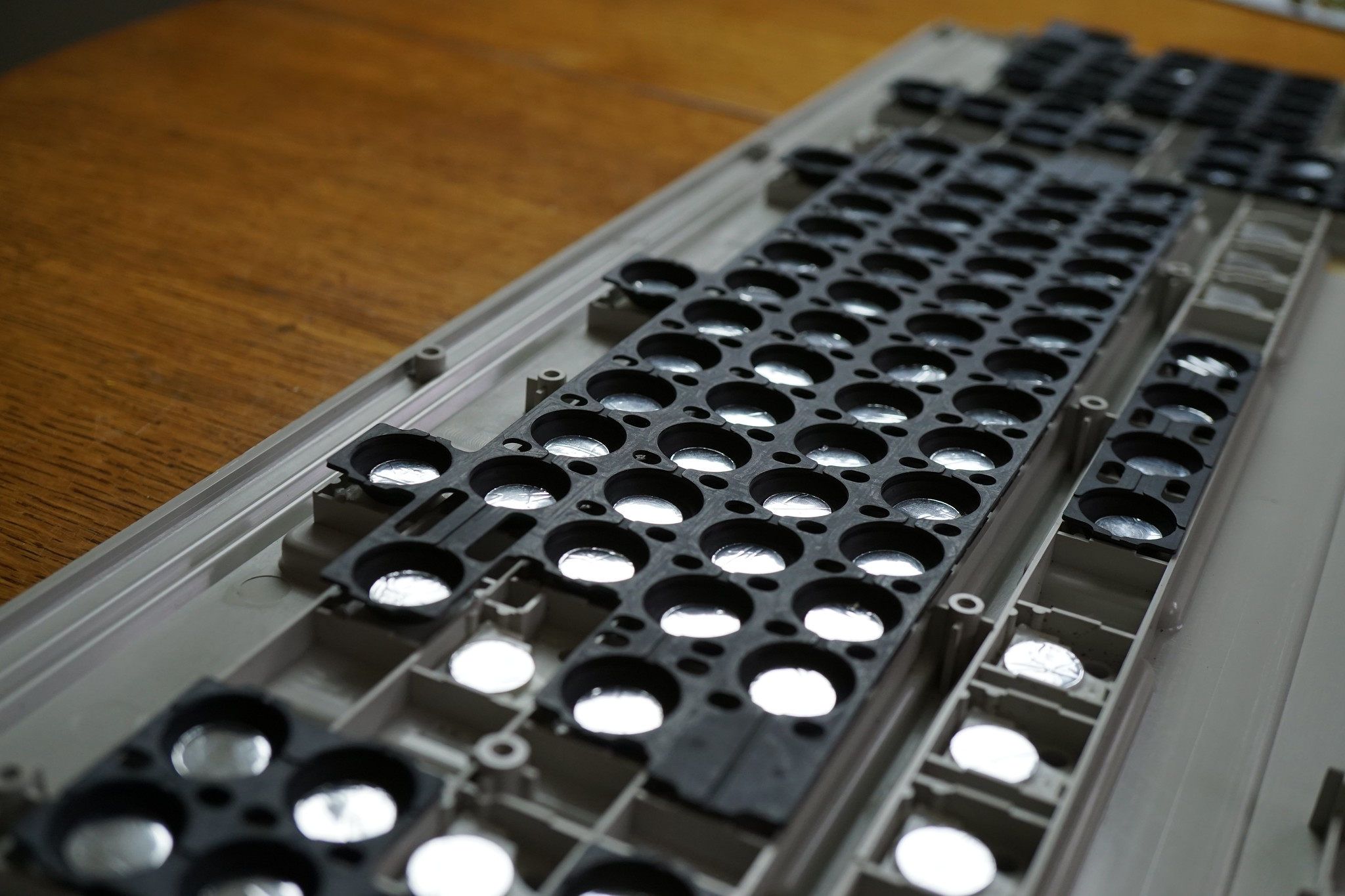 DSC02850
DSC02850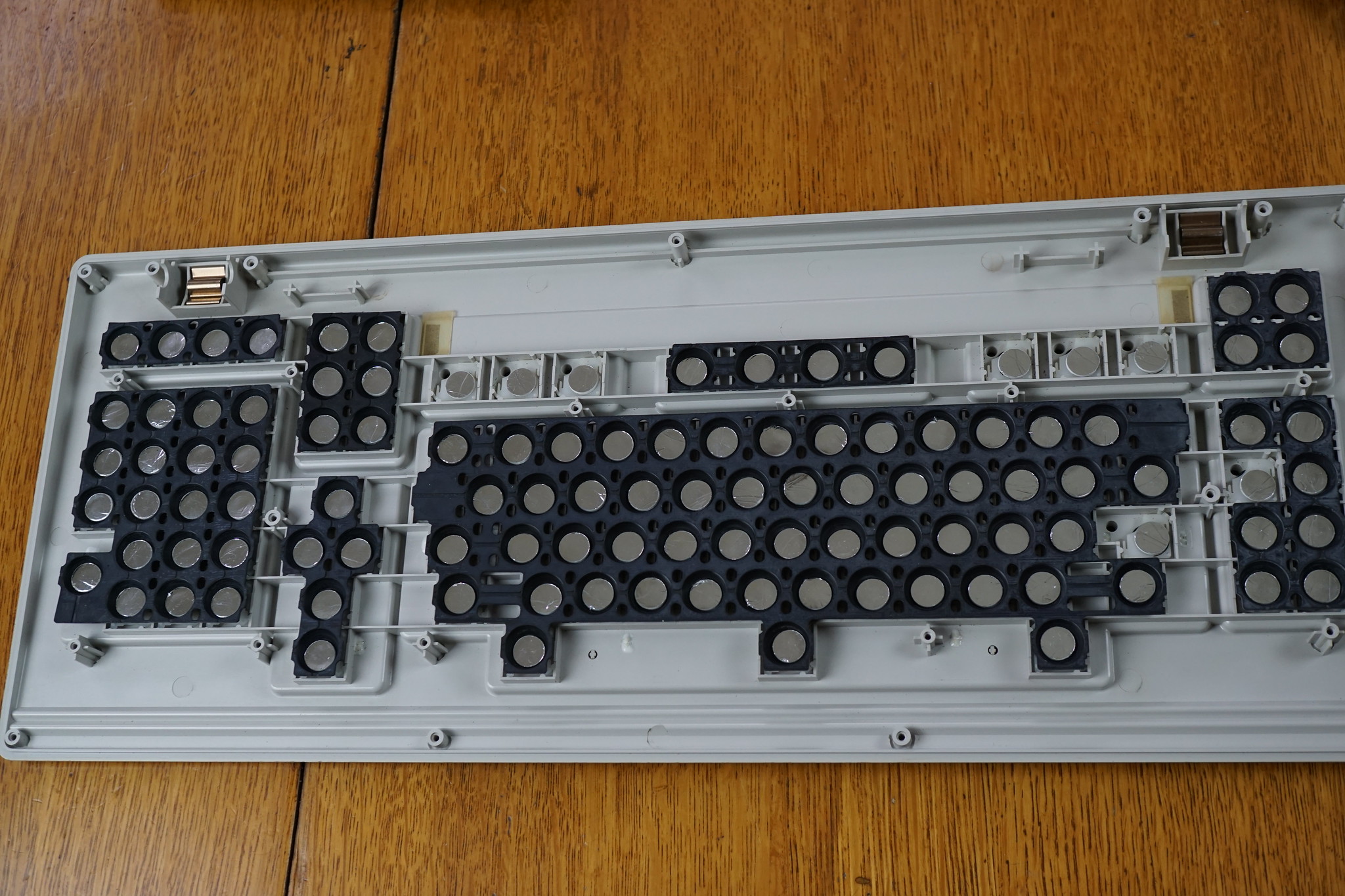 DSC02852
DSC02852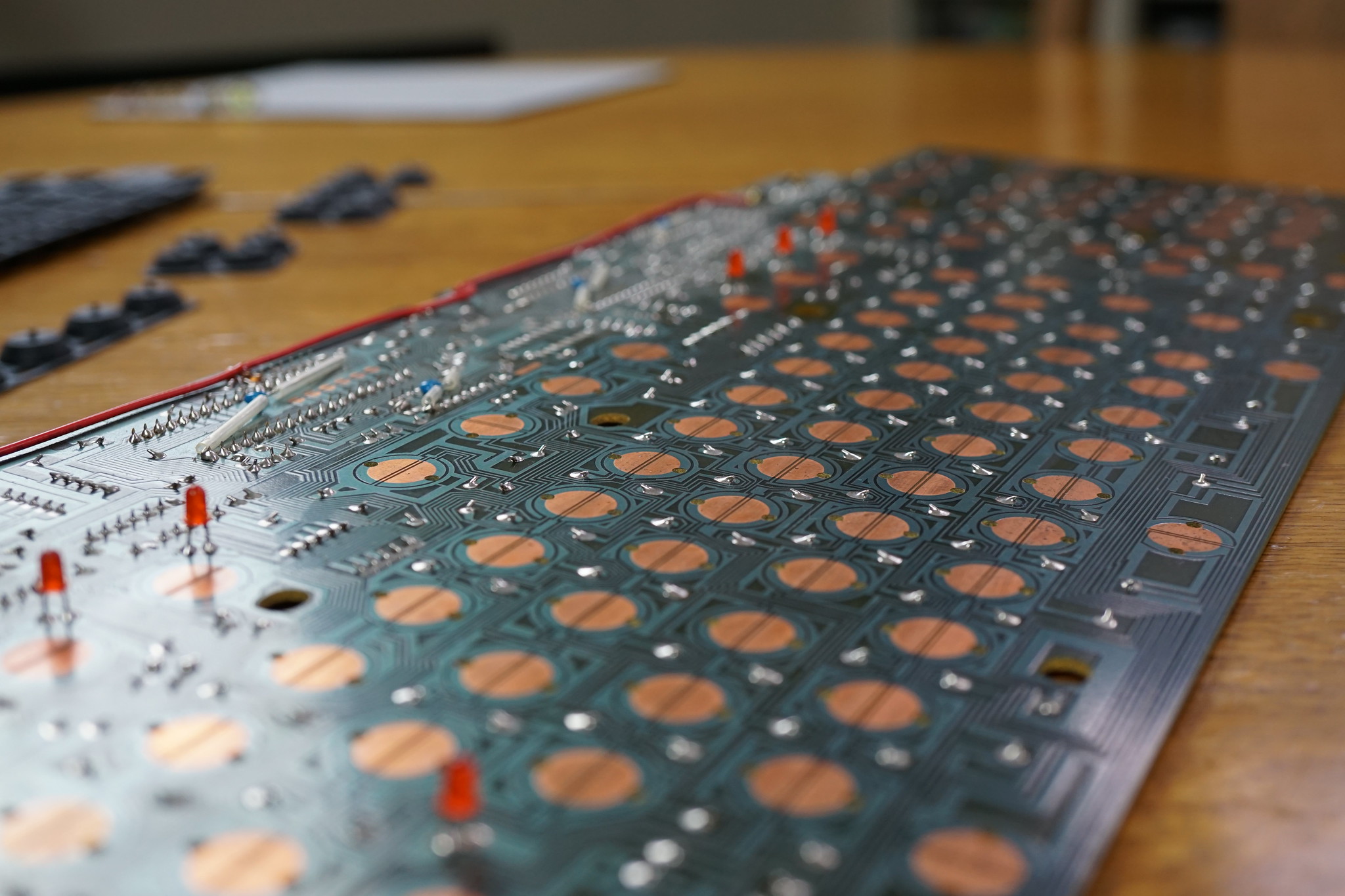 DSC02816
DSC02816 DSC02820
DSC02820 DSC02817
DSC02817 DSC02794
DSC02794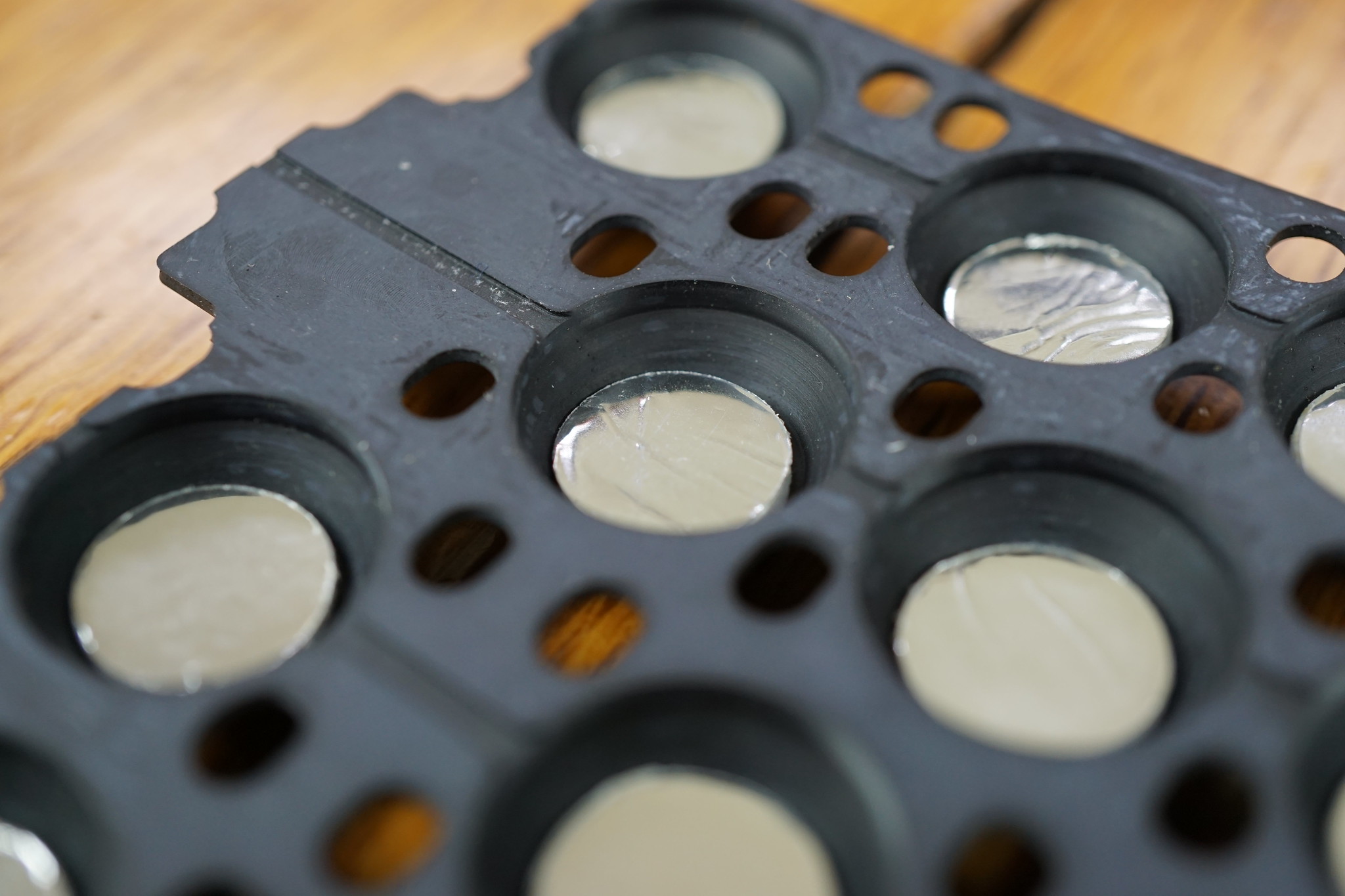 DSC02788
DSC02788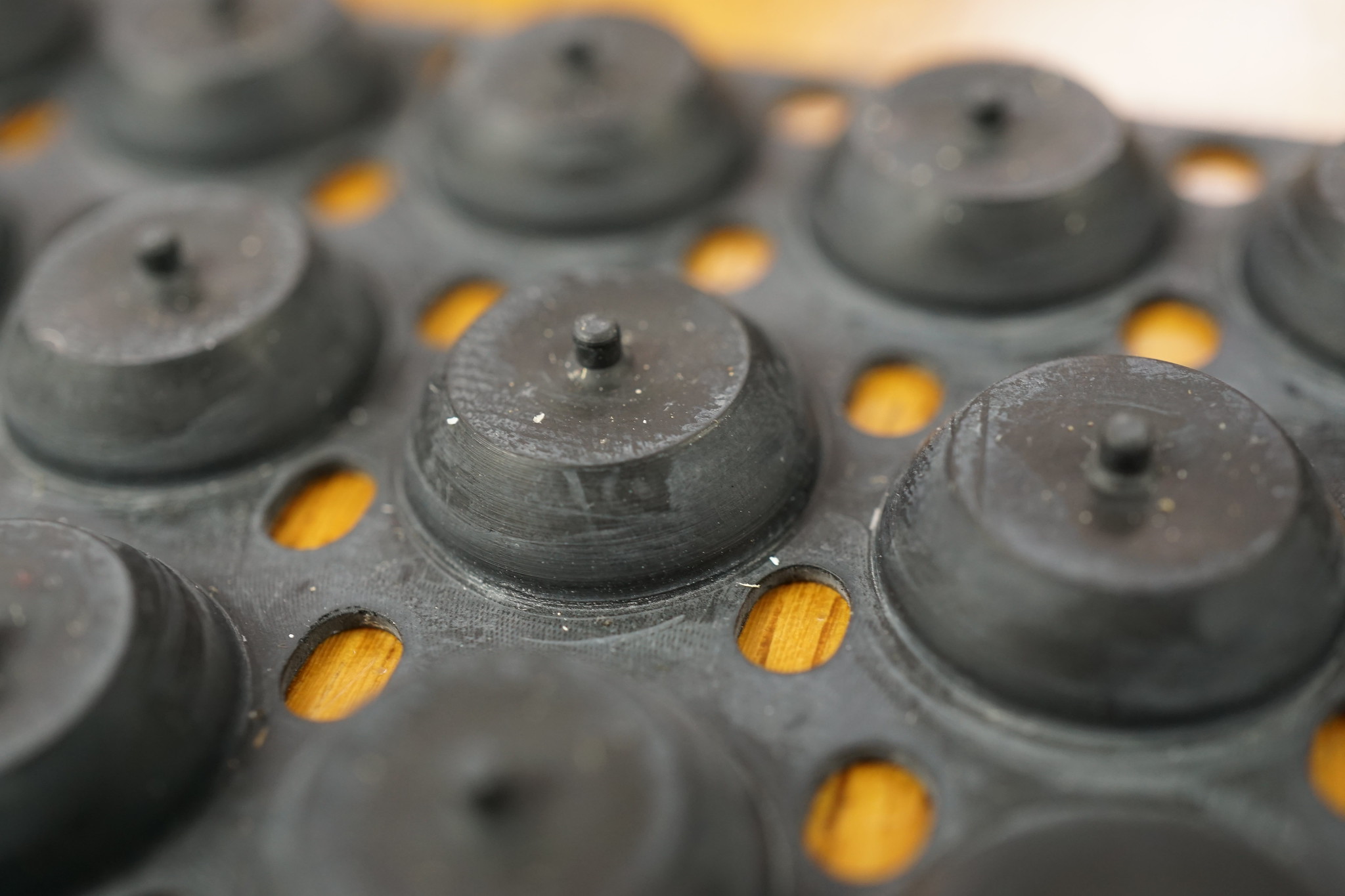 DSC02785
DSC02785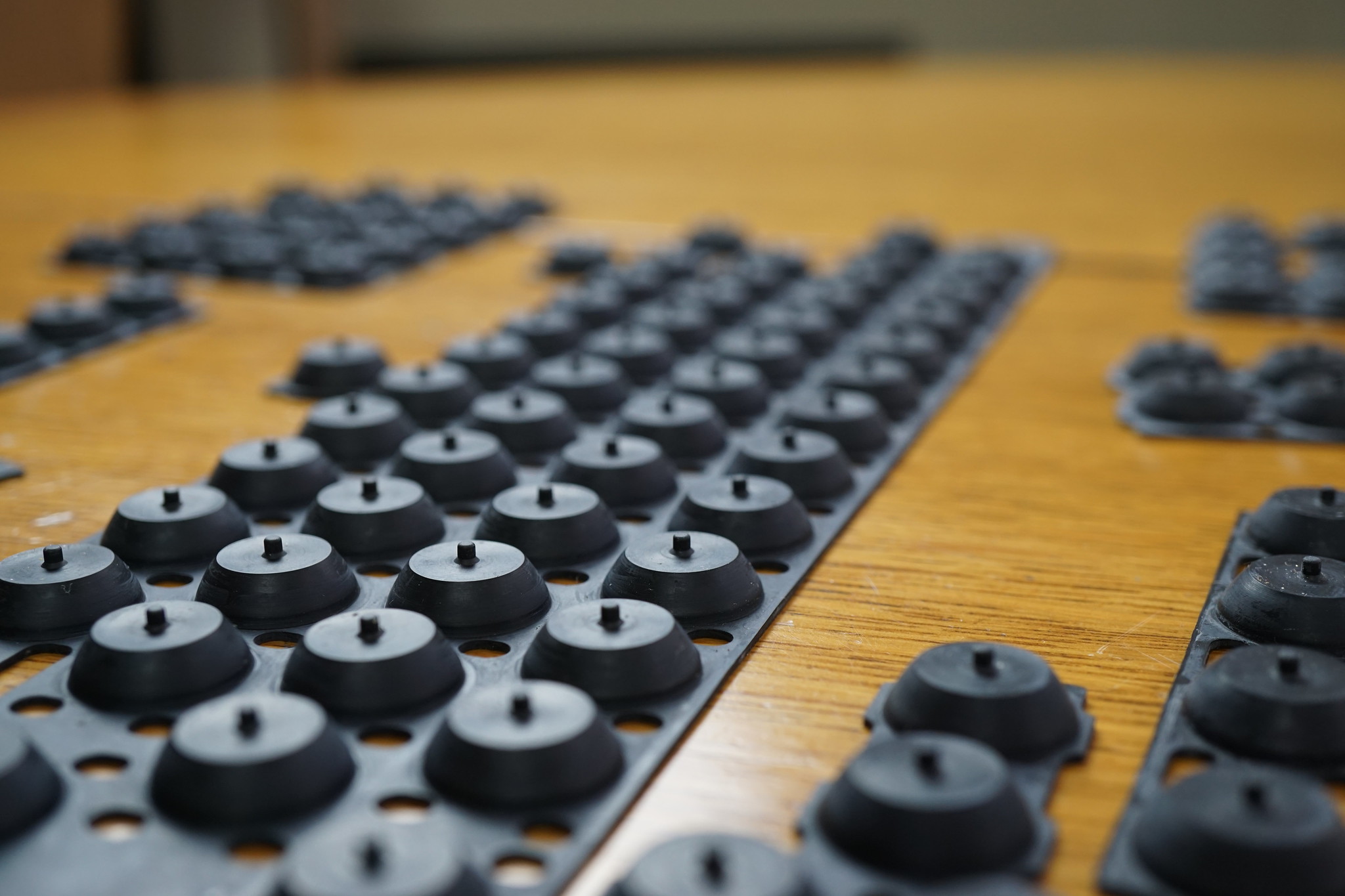 DSC02776
DSC02776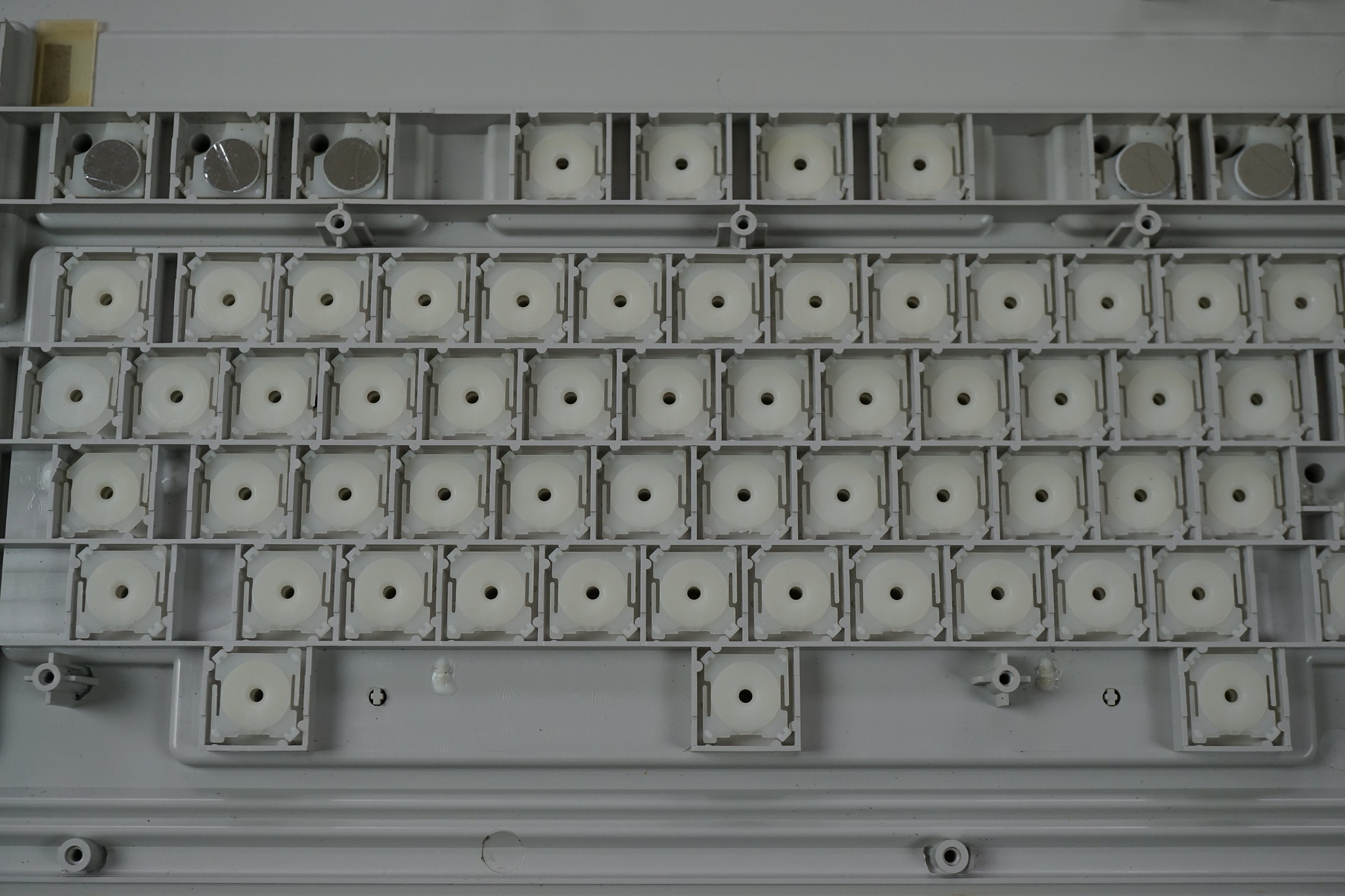 DSC02731
DSC02731 DSC02734
DSC02734 DSC02728
DSC02728Flickr Album
